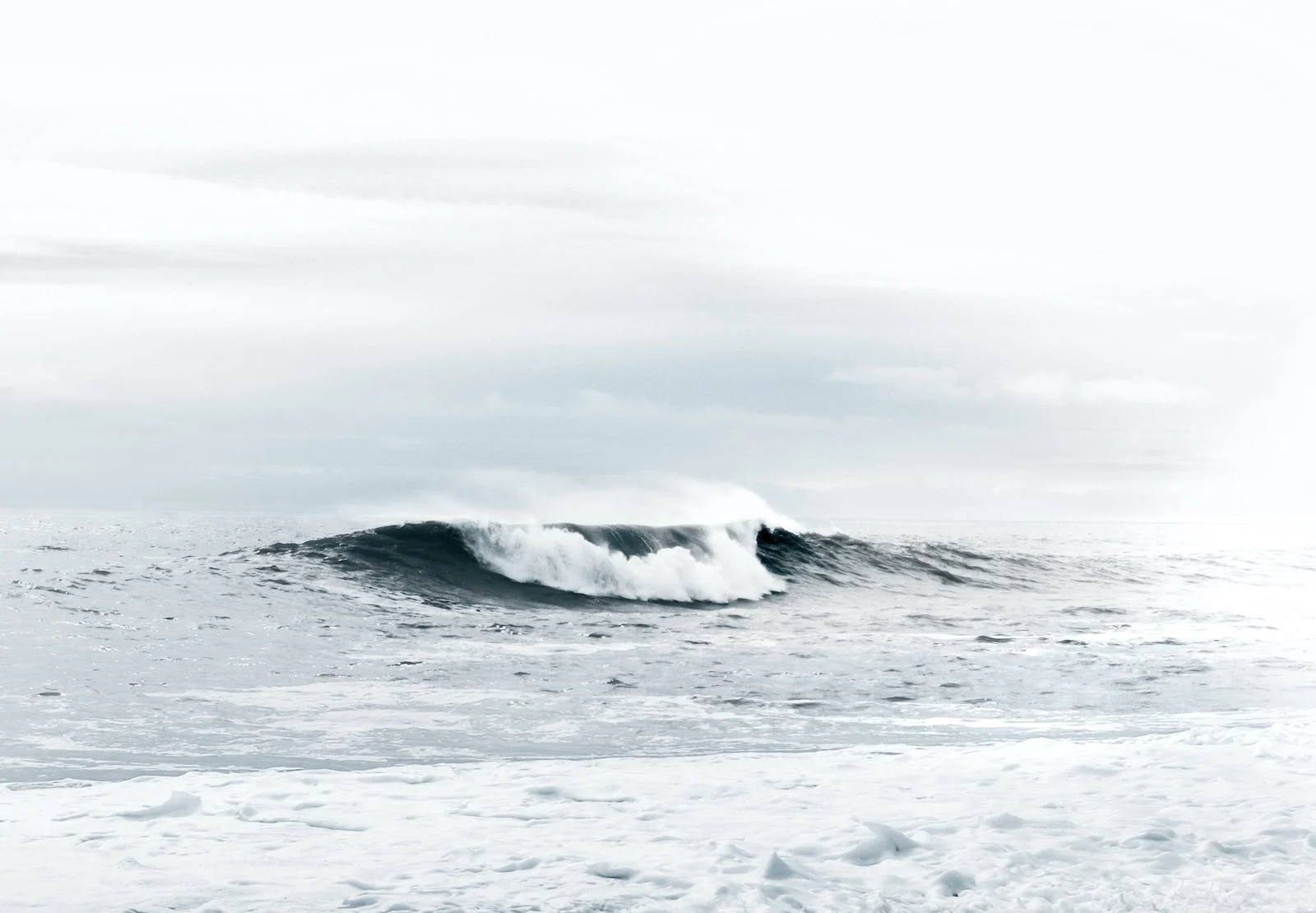Mendelssohn Overture to the Calm Sea and the Pleasant Voyage in D major (Meerestille und glückliche Fahrt) Op.27

Mendelssohn's Calm Sea and Pleasant Voyage Overture in D major, Op. 27 (original German title: Meerestille und glückliche Fahrt) is a classical music piece for orchestra that was composed in 1828 by Felix Mendelssohn. The overture is based on two poems by Johann Wolfgang von Goethe, titled "Meeresstille" ("Calm Sea") and "Glückliche Fahrt" ("Happy Voyage").
The piece consists of two contrasting parts, each of which represents one of the poems. The first part, "Calm Sea," begins with a tranquil and reflective theme played by the cellos and basses, evoking the peacefulness of a calm sea. As the piece progresses, the music becomes more lively, with the strings and woodwinds interweaving in a series of playful and dynamic melodies.
The second part, "Happy Voyage," begins with a bright and joyful theme played by the brass and woodwinds, signaling the start of a successful and prosperous voyage. The music gradually builds in intensity and excitement, with the full orchestra coming together in a grand and triumphant finale.
The overture is notable for its use of programmatic music, which means that the music is meant to tell a story or evoke a specific scene or emotion. In this case, Mendelssohn's music vividly captures the mood and atmosphere of the two Goethe poems, transporting listeners on a journey from the stillness of a calm sea to the excitement and adventure of a successful voyage.
Overall, Mendelssohn's Calm Sea and Pleasant Voyage Overture is a beautiful and engaging piece of classical music that showcases Mendelssohn's skill as a composer and his ability to convey powerful emotions through music.

Mendelssohn's Calm Sea and Pleasant Voyage Overture was composed during a time when Mendelssohn was heavily influenced by the works of Goethe and other German Romantic writers. In fact, many of Mendelssohn's early compositions were inspired by literary works and featured programmatic elements that conveyed the story or mood of the text.
The overture was also influenced by Mendelssohn's own experiences and travels. Mendelssohn was an avid traveler and had a particular love for the sea, which is reflected in the calm and tranquil opening of the overture. The piece was also composed during a time when Mendelssohn was visiting Italy, and the bright and joyful second part of the overture may be a reflection of the optimism and happiness he experienced during his travels.
Mendelssohn's Calm Sea and Pleasant Voyage Overture has remained a popular and enduring piece of classical music over the years, and has been adapted and reinterpreted by many different musicians and artists. The overture has been used in films, television shows, and video games, and has been performed by orchestras and ensembles around the world.
Overall, Mendelssohn's Calm Sea and Pleasant Voyage Overture is a beautiful and evocative piece of music that captures the spirit of adventure and exploration, and reminds us of the power of music to transport us to new and exciting places.

One interesting aspect of Mendelssohn's Calm Sea and Pleasant Voyage Overture is its use of instrumentation. The opening theme of the overture is played by the cellos and basses, which provides a foundation of deep and resonant tones that evoke the calm and stillness of the sea. As the piece progresses, the instrumentation becomes more complex and varied, with the woodwinds and brass instruments adding brightness and color to the music.
Another notable aspect of the overture is its use of dynamic contrasts, with moments of soft and reflective music giving way to sudden bursts of excitement and energy. This creates a sense of tension and release, and helps to convey the emotional journey of the voyage that is depicted in the piece.
Mendelssohn's Calm Sea and Pleasant Voyage Overture is also significant in the context of Mendelssohn's broader musical career. The piece was composed during a period of intense creativity and productivity for Mendelssohn, and was one of several overtures that he composed around this time. The overture also showcases Mendelssohn's interest in programmatic music, and his ability to create evocative and expressive music that tells a story or captures a specific mood or atmosphere.
Overall, Mendelssohn's Calm Sea and Pleasant Voyage Overture is a beautiful and dynamic piece of classical music that showcases Mendelssohn's skill as a composer and his ability to create music that is both emotionally compelling and technically sophisticated. The overture remains a beloved and popular work of classical music that continues to inspire and delight listeners around the world.

Another interesting aspect of Mendelssohn's Calm Sea and Pleasant Voyage Overture is the way that it reflects Mendelssohn's interest in the natural world. The piece is evocative of the sea and the beauty of the natural world, and it features many musical elements that reflect the sounds and rhythms of the ocean. For example, the opening theme of the overture is marked by a gentle undulating rhythm that mirrors the ebb and flow of the waves.
Mendelssohn was known for his love of nature and the outdoors, and he often incorporated elements of the natural world into his compositions. This interest is also evident in his other works, such as his "Hebrides Overture," which was inspired by the rugged and wild landscape of the Scottish coast.
Finally, it is worth noting that Mendelssohn's Calm Sea and Pleasant Voyage Overture is an example of the broader Romantic musical movement of the 19th century. The Romantic period was characterized by an interest in the emotional and the expressive, and by a fascination with the power of music to evoke deep feelings and emotions.
In this context, Mendelssohn's Calm Sea and Pleasant Voyage Overture can be seen as a reflection of the Romantic ideal, with its emphasis on the natural world, its use of expressive musical techniques, and its ability to transport the listener to a place of beauty and wonder.